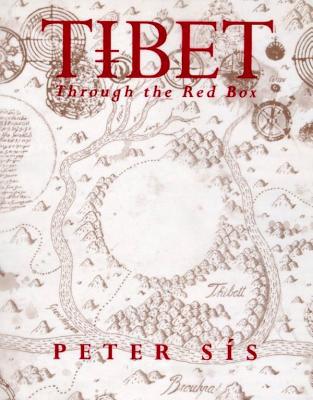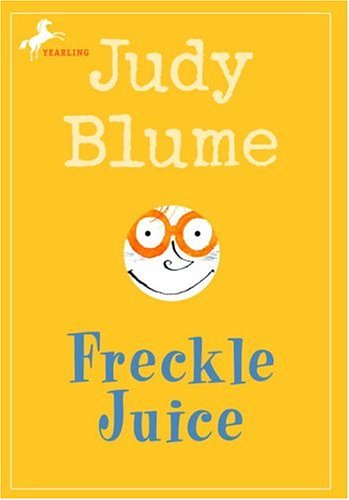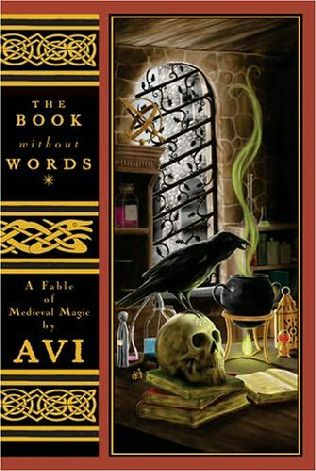Awards and Honors: Caldecott Honor
Review:
Sis weaves a complicated, rich and multi-layered story in Tibet: Through the Red Box. When Peter Sis was a child, his filmmaker father was sent to Tibet via China to document the building of the first modern road into the country. The project was to take two months but tragedy separates the elder Sis from the road crew and the trip stretches into years. During this time Sis's father kept a journal of the magical and mysterious things that he experienced. After he returned home to Czechoslovakia, he would often tell Peter about his amazing experiences, but Peter was never allowed to touch the journal which was kept in a red box on a shelf in his father's study. Many years later when Sis is grown and living in America, he receives a brief note from his father telling him that the box is now his... Tibet: Through the Red Box tells the story of Sis's father's time in Tibet through his father's diary entries, interspersed with Sis's own retellings of the stories his father told him as a young child, intricately detailed mandalas, maps, recreations of diary pages, and beguiling full-spread illustrations. The effect is an absolutely haunting blend of fantasy and reality which will captivate readers.
Sis weaves a complicated, rich and multi-layered story in Tibet: Through the Red Box. When Peter Sis was a child, his filmmaker father was sent to Tibet via China to document the building of the first modern road into the country. The project was to take two months but tragedy separates the elder Sis from the road crew and the trip stretches into years. During this time Sis's father kept a journal of the magical and mysterious things that he experienced. After he returned home to Czechoslovakia, he would often tell Peter about his amazing experiences, but Peter was never allowed to touch the journal which was kept in a red box on a shelf in his father's study. Many years later when Sis is grown and living in America, he receives a brief note from his father telling him that the box is now his... Tibet: Through the Red Box tells the story of Sis's father's time in Tibet through his father's diary entries, interspersed with Sis's own retellings of the stories his father told him as a young child, intricately detailed mandalas, maps, recreations of diary pages, and beguiling full-spread illustrations. The effect is an absolutely haunting blend of fantasy and reality which will captivate readers.
Opinion:
I'm a fan of Sis's children's books so I thought I knew what to expect from Tibet: Through the Red Box, but I was seriously blown away by this book. I haven't stopped recommending it to people since I've read it. Unfortunately, this is one of those books that tweens won't necessarily come across while they're browsing the shelves, and even if they do the picture book format suggests that it is a book for a much younger child.
Ideas:
I've been toying with the idea of creating a "picture books for older readers" shelf in my library. This is definitely a book that I would add to that collection.
I've been toying with the idea of creating a "picture books for older readers" shelf in my library. This is definitely a book that I would add to that collection.



































